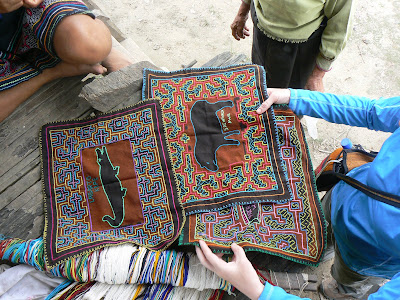 On the road to La Merced, in the eastern flank fo the Andes, a mechanic repairs our 4WD Toyota truck suspension with a part made by machete from wood.
On the road to La Merced, in the eastern flank fo the Andes, a mechanic repairs our 4WD Toyota truck suspension with a part made by machete from wood. 
The general store here has coca cola, inka cola, bottle water, and an excellent selection of leaf springs.










































